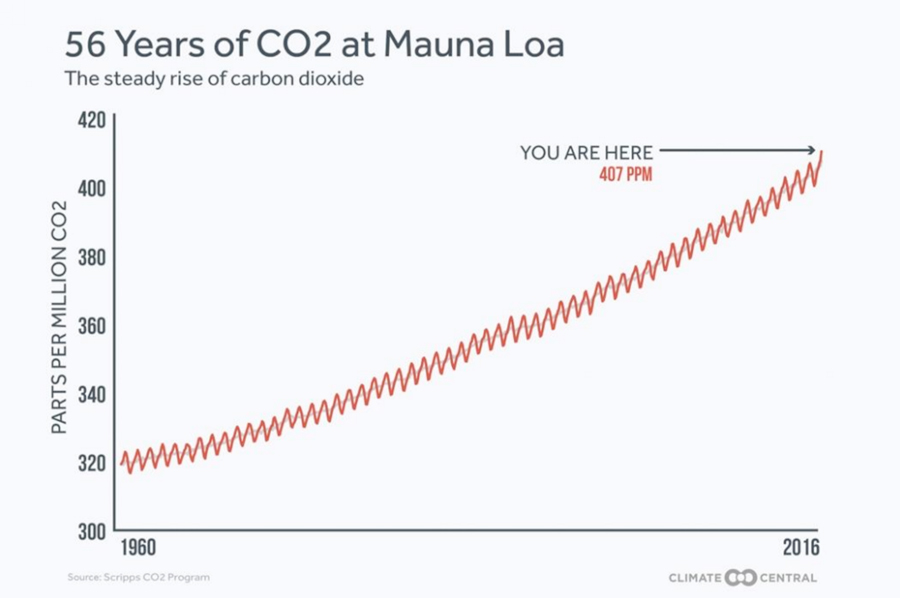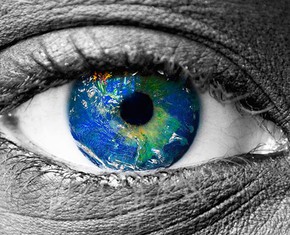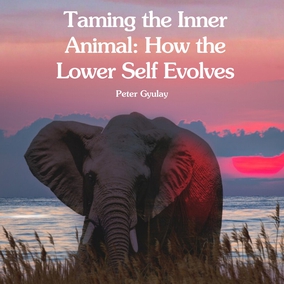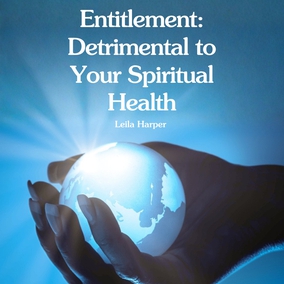The views expressed in our content reflect individual perspectives and do not represent the authoritative views of the Baha'i Faith.
Our planet, the earth, acknowledges nature’s omnipresent sovereignty. The kingdoms of the mineral, vegetable and animal respond to nature’s will and fiat of control. The great bulky elephant with its massive strength has no power to disobey the restrictions nature has laid upon him; but man, weak and diminutive in comparison, empowered by mind which is an effulgence of Divinity itself, can resist nature’s control and apply natural laws to his own uses. – Abdu’l-Baha, The Promulgation of Universal Peace, p. 351.
This year the world observes the UN’s World Environment Day from an African perspective, hoping to rebuild the elephant and rhinoceros population from rapid decline due to the illegal wildlife trade.
World Environment Day, or WED, marks the single biggest day for positive action on the environment worldwide. Celebrated in more places globally than Earth Day, WED typically focuses on a single theme. This year, that theme centers around the fight against the illegal wildlife trade in WED host country Angola and other African nations, where poaching threatens a suffering elephant population decimated by decades-long civil war.
“Angola is delighted to host World Environment Day, which will focus on an issue close to our hearts,” said Angolan Environment Minister Maria de Fatima Jardim. “The illegal wildlife trade, particularly the trade in ivory and rhino horn, is a major problem across our continent. By hosting this day of celebration and awareness-raising, we aim to send a clear message that such practices will soon be eradicated.”
Poachers kill more than 20,000 African elephants a year, out of a population of 420,000 to 650,000. According to data from the Proceedings of the National Academy of Sciences, as many as 100,000 elephants were killed between 2010 and 2012. Across Africa, more elephants have been killed in recent years than have died of natural causes, and for forest elephants in Central and West Africa, the population declined by an estimated 60 per cent between 2002 and 2011.
Official reports show that rhinos face even greater danger. Even though some sub-species of rhinos are nearing extinction because of poaching for their horns, 1,338 rhinos were poached in South Africa alone in 2015. That translates to one rhinoceros killed every six and a half hours.
These intelligent large mammals represent the awesome beauty of nature for people everywhere; and yet we could lose them forever if we fail to prevent the rapid increase in poaching.
Elephants also symbolize something more: the old saying “the elephant in the room” means an unaddressed but obvious truth, something that everyone sees but no one wants to discuss.
Just as the potential extinction of elephants and rhinos now stares us down; so too does our planet’s continuing, relentless rise in the concentrations of carbon in our air. Three years ago, the carbon dioxide monitoring station on Hawaii’s Mauna Loa peak reached a frightening milestone: the first measurement of atmospheric CO2 (carbon) concentrations to ever exceed the scientific benchmark of 400 parts per million (ppm). The Mauna Loa facility, run by the Scripps Institute of Oceanography and the US National Oceanic and Atmospheric Administration (NOAA), has kept atmospheric CO2 records since 1958.

Emissions from human activities—especially the burning of fossil fuels—have driven the inexorable climb of CO2 concentrations in the atmosphere. That trend results in the steady rise in global temperatures, which have set record after record in recent months. This year, scientists believe, the fall ppm minimum may not ever dip below the 400-ppm mark at Mauna Loa—we may have passed it permanently.
That is very bad news for the Earth and the seven billion people who live here.
It means, among many other things, that melting from glaciers and ice sheets will continue and intensify, especially in Greenland and Antarctica. Combined with thermal expansion, because warm water occupies more volume than cold water, this rapid loss of ice sheets and glaciers has already begun to cause an unprecedented rise in sea levels worldwide.
The UN’s Secretary-General has said that climate change is the major, overriding environmental issue of our time, and humanity’s single greatest challenge. The climate crisis, despite what a few remaining climate deniers say, has enormous implications for our collective future, with severe potential ramifications in our water and food supply, our health, our security and our own survival as a species. Because anthropogenic climate change has become the real elephant in the room, Baha’is all over the planet believe that we can only successfully deal with climate change if we as human beings recognize its importance and unify around a common set of solutions:
Anthropogenic climate change is not inevitable; humanity chooses its relationships with the natural world… The current global order has often approached the natural world as a reservoir of material resources to be exploited. The grave consequences of this paradigm have become all too apparent, and more balanced relationships among the peoples of the world and the planet are clearly needed. …
Establishing sustainable patterns of individual and collective life will therefore require not only new technologies, but also a new consciousness in human beings, including a new conception of ourselves and our place in the world. – Shared Vision, Shared Volition: Choosing Our Global Future Together, A statement of the Baha’i International Community to the United Nations Climate Change Conference in Paris, France, 23 November 2015.
Today on World Environment Day, to face the elephant in the room, you might want to talk openly about our climate with your family and friends. If we all take part in those honest conversations, we can begin to establish that new consciousness and conception of ourselves as planetary citizens.
















Comments
Sign in or create an account
Continue with Googleor